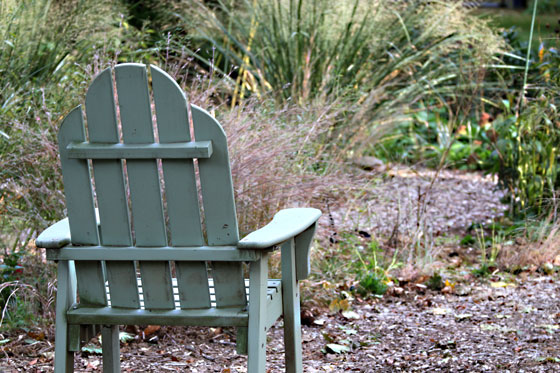Many of the same people who
can’t wait to visit the garden centers at the first whiff of spring are losing
interest in their gardens by fall. Yet fall is a great time for planting trees,
shrubs, perennials, and turfgrass. In some ways it is a better time for
planting than spring. There are fewer weed problems, fall-planted trees and
shrubs have more time to develop strong roots before summer, and (recent
weather aside) usually there is less chance of excessive rain.
Another advantage of planting in
the fall is that garden centers frequently have plants on sale. The downside is
that the selection is usually narrower. If you buy plants in the fall, examine
them carefully. If the plant has spent the entire summer at the garden center,
it may be root-bound or suffering from stress-related problems. Buy only
healthy plants. No matter how cheap they are, avoid trees with cracked or
ripped bark and plants with disease or insect problems.
Newly planted plants should get
an inch of water (rain or supplemental) a week until the ground freezes. Do not
overwater and don’t worry if the plant does not appear to be growing—it is
developing roots and getting established below ground.
There are some trees that
shouldn’t be planted in fall. Slow-to-establish species that are better planted
in spring include fir, birch, American hornbeam, American yellowwood, ginkgo,
sweetgum, hophornbeam, oak, willow, and bald cypress. Broadleaf evergreens like
rhododendron and narrow-leaved evergreens like yew also prefer to be planted in
the spring.
The fall is also a good time to
move perennials. Take a critical look at your garden. Remove plants that aren’t
working for you and either move them to another spot in the garden or banish
them to the compost pile. Thin out crowded plants.
You can transplant perennials up
to three to four weeks before the ground freezes. Be sure to apply mulch to
hold the moisture and keep the ground warmer, promoting root growth well into
the late fall. This allows time for the roots to establish and not be heaved
out during winter’s freezing and thawing. They should not be fertilized until
spring.
Fall is also the time to make
notes for next year. What worked and what didn’t? Are there empty spots that
need filling? Places you’d like to
replace lawn with a garden bed or lawn alternative such as moss or groundcover?
What do you need more of? Can you replace some of your exotic varieties with
native plants for more wildlife and ecological benefit? Is there a spot for a
bird bath or a new path? You’ll have all winter to scour the garden catalogs.
Now is the time to give yourself some guidelines for what you really want and
need (which never seems to be the same, does it?).
Happy fall gardening!
Want to learn about fall in the
vegetable garden? Join us on October 1 for our workshop Vegetable Gardening:
Focus on Fall, 1pm- 3pm, East Goshen Township Building, 1580 Paoli Pike, West
Chester. Learn more about growing vegetables, fruits, and herbs, with a focus
on end-of-season issues. Registration is required, cost is $10. Call
610-696-3500.
Have a gardening question? Ask a Penn State Master Gardener! Send your questions to
chestermg@psu.edu or call 610-696-3500. And please visit us on Facebook (“Chester County Master
Gardeners”).
* Nancy Sakaduski is
the Chester County Master Gardener Coordinator. Master Gardeners are
trained volunteers who educate the public on gardening and horticultural
issues. In Chester County, they operate through the Penn State
Cooperative Extension office in West Chester. Nancy lives in Pennsbury
Township. She can be reached at nds13@psu.edu.
About Nancy Sakaduski
Nancy Sakaduski is a Master Gardiner with Penn State Extension of Chester County.





Comments